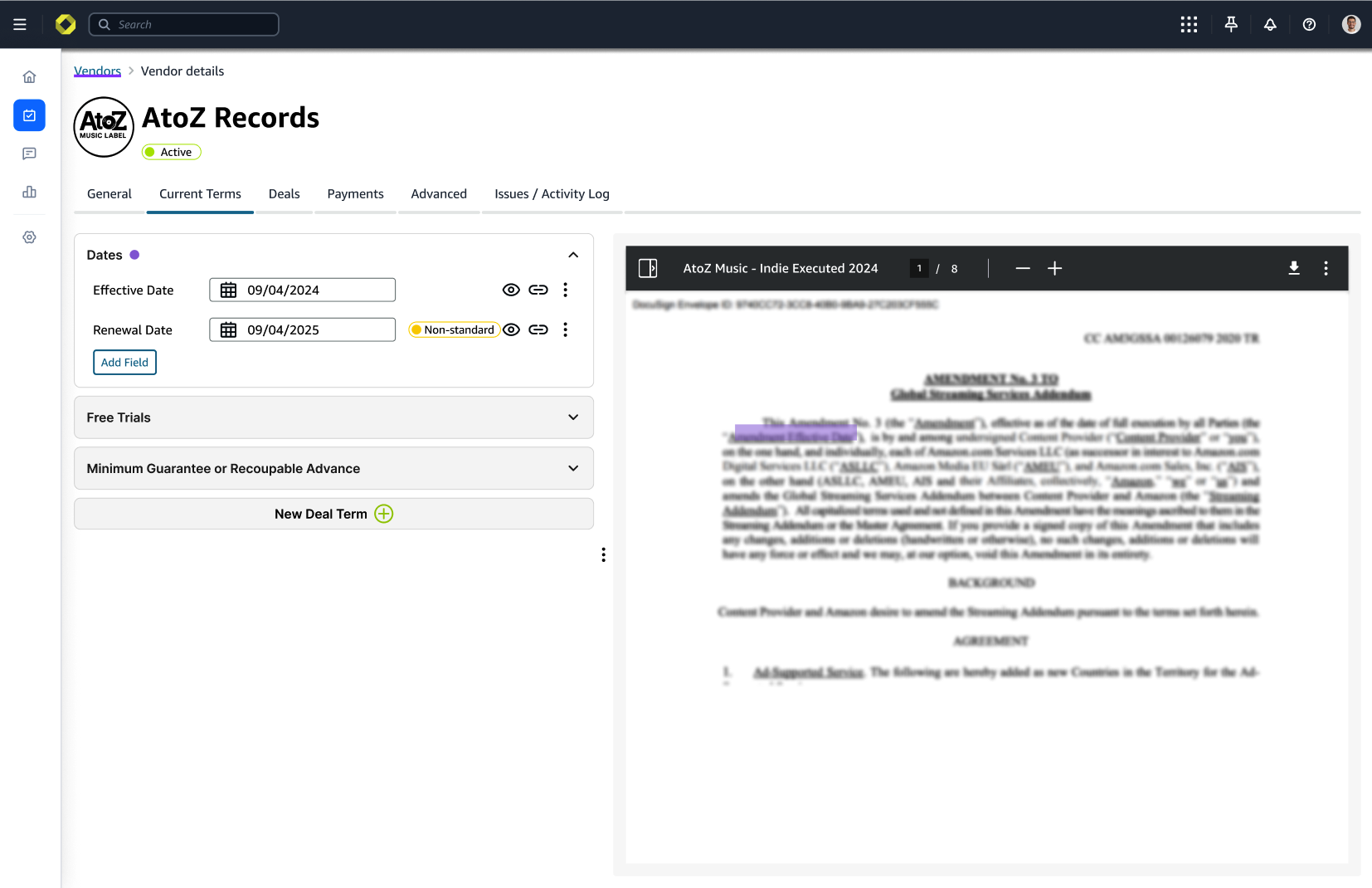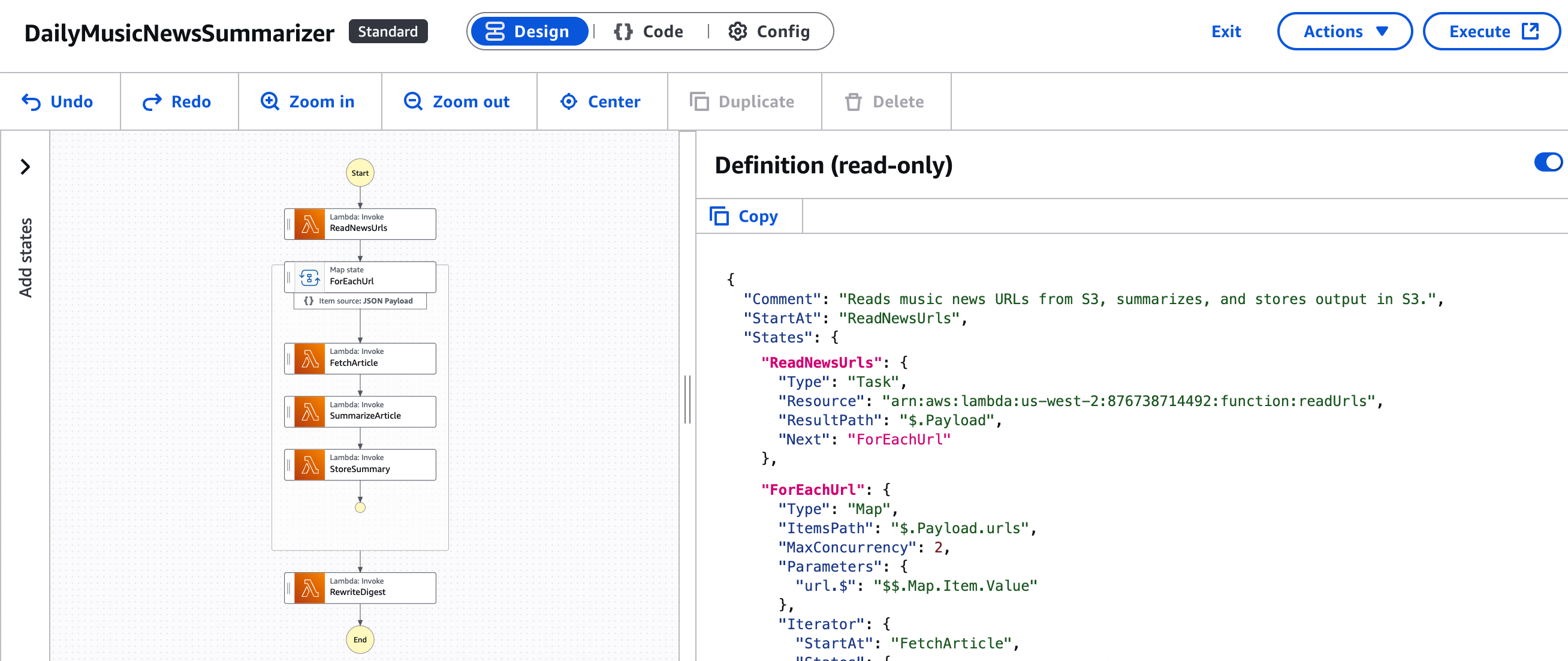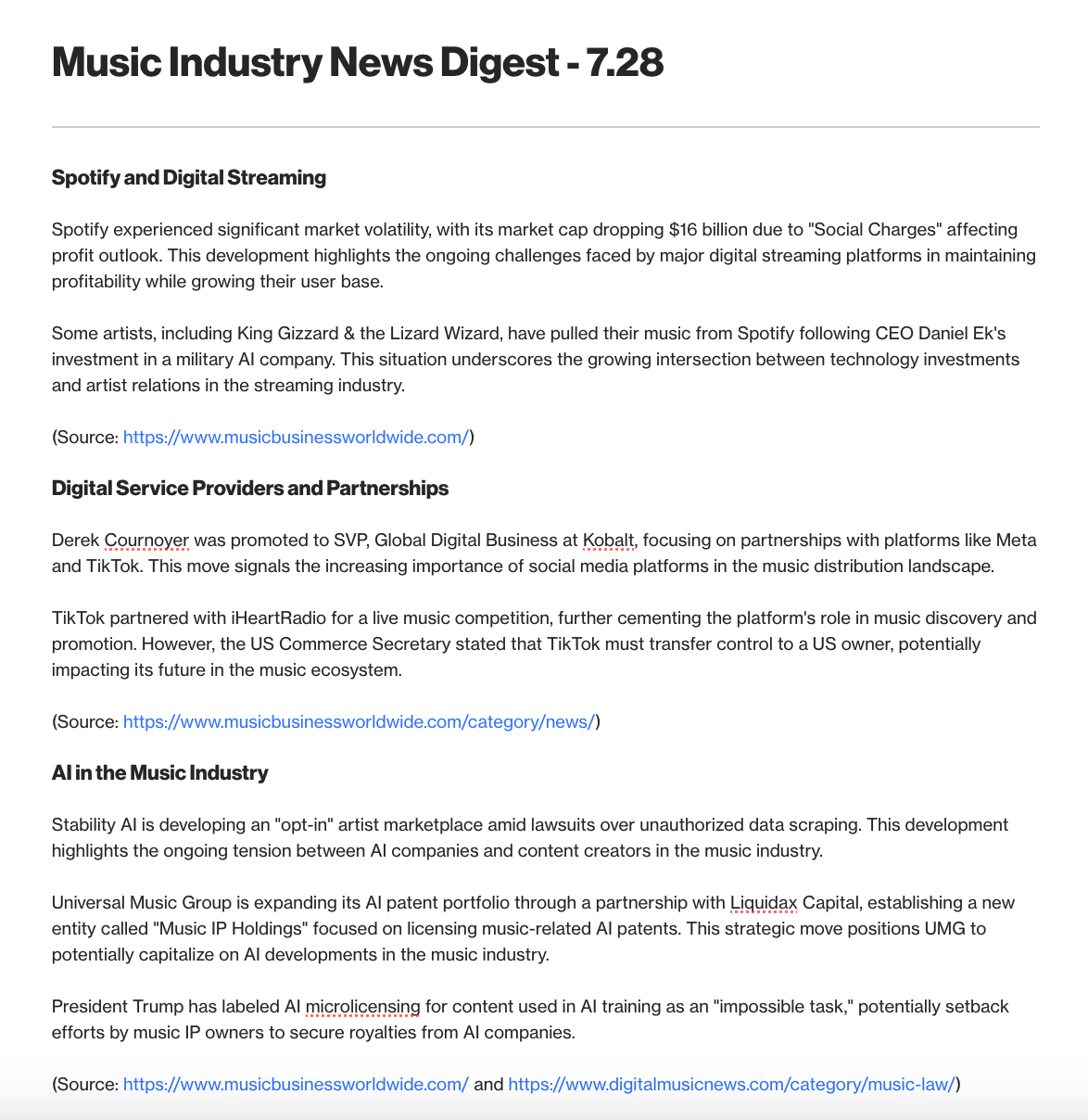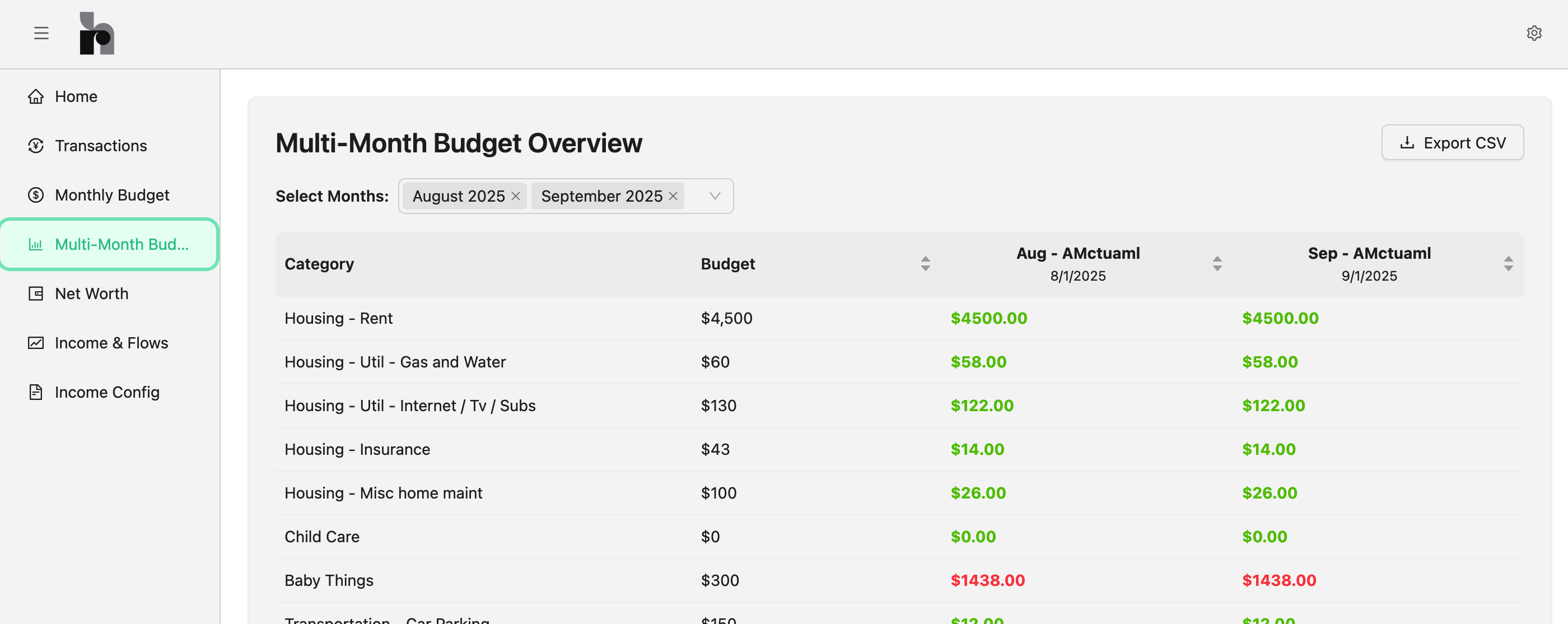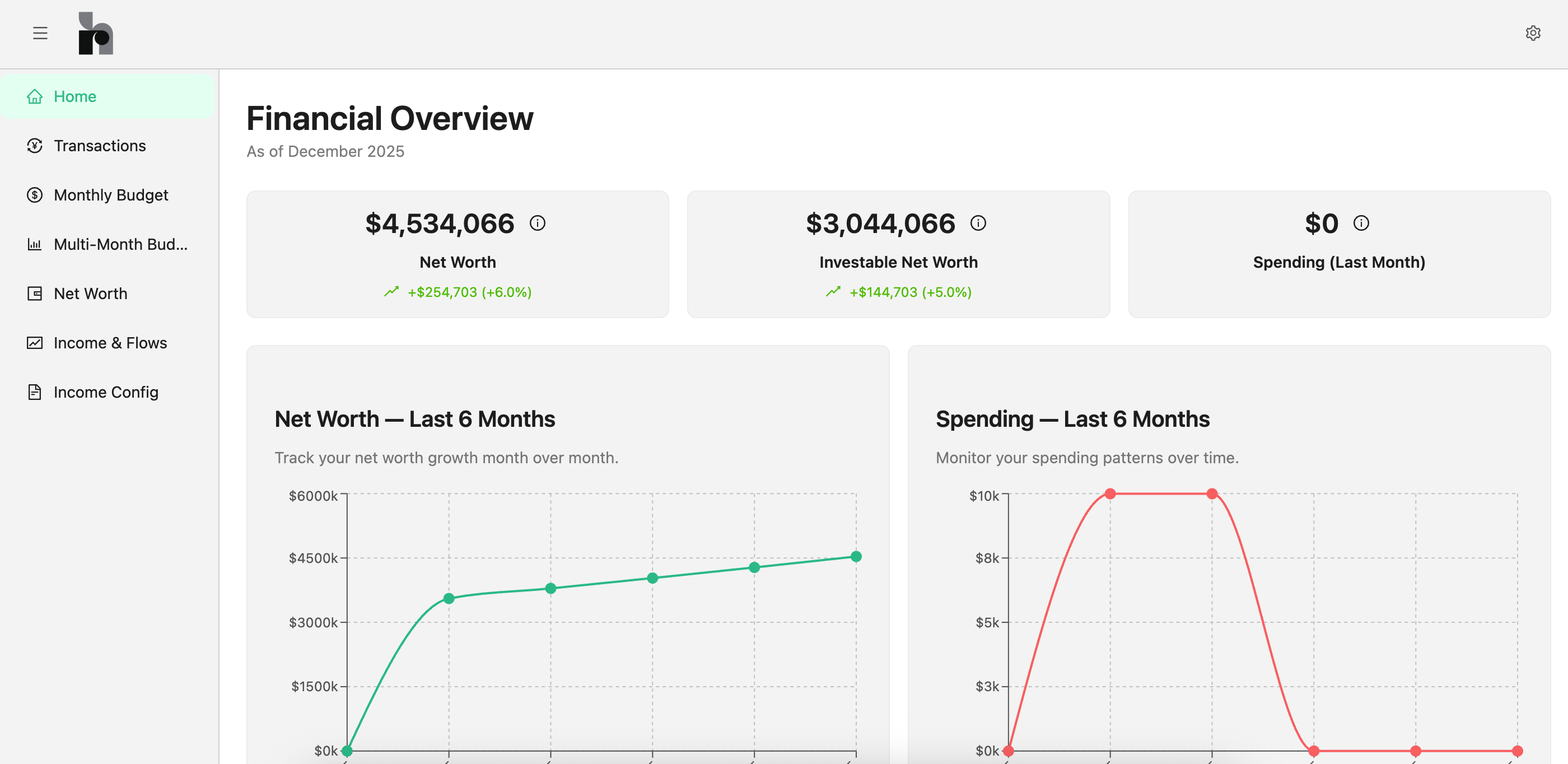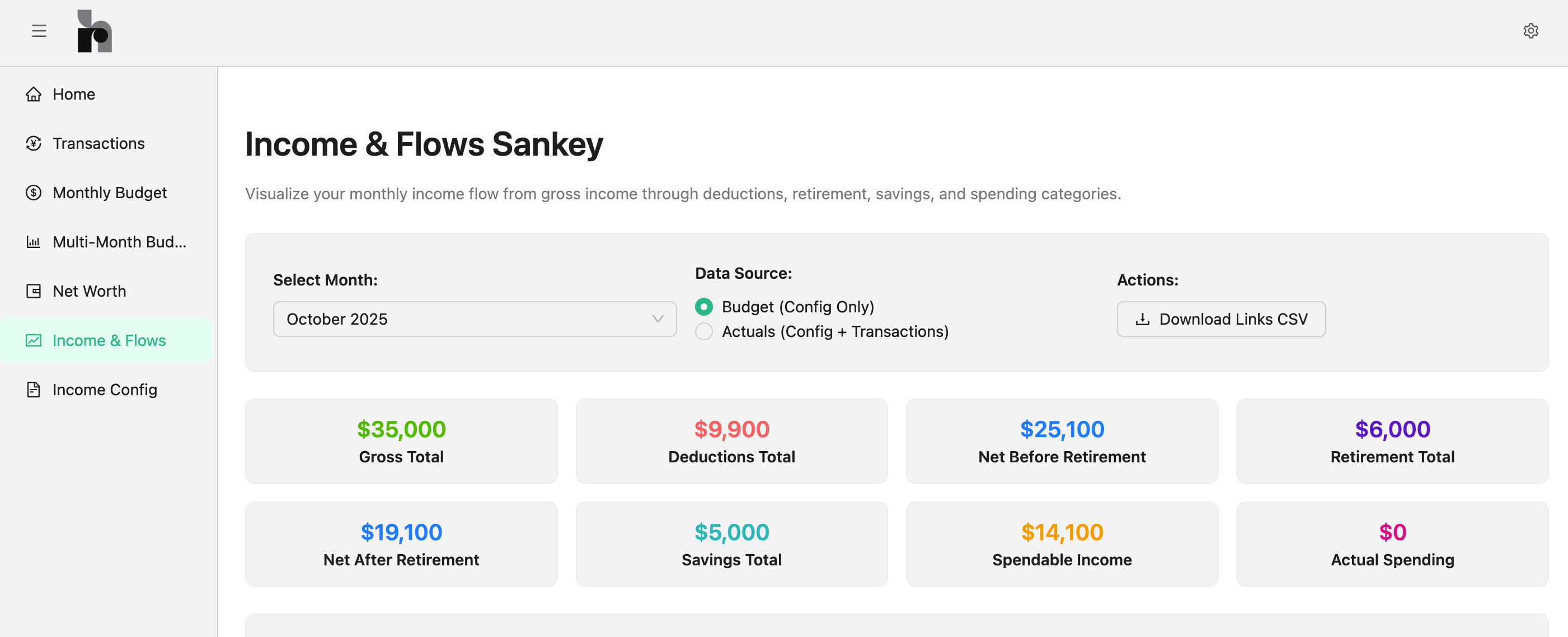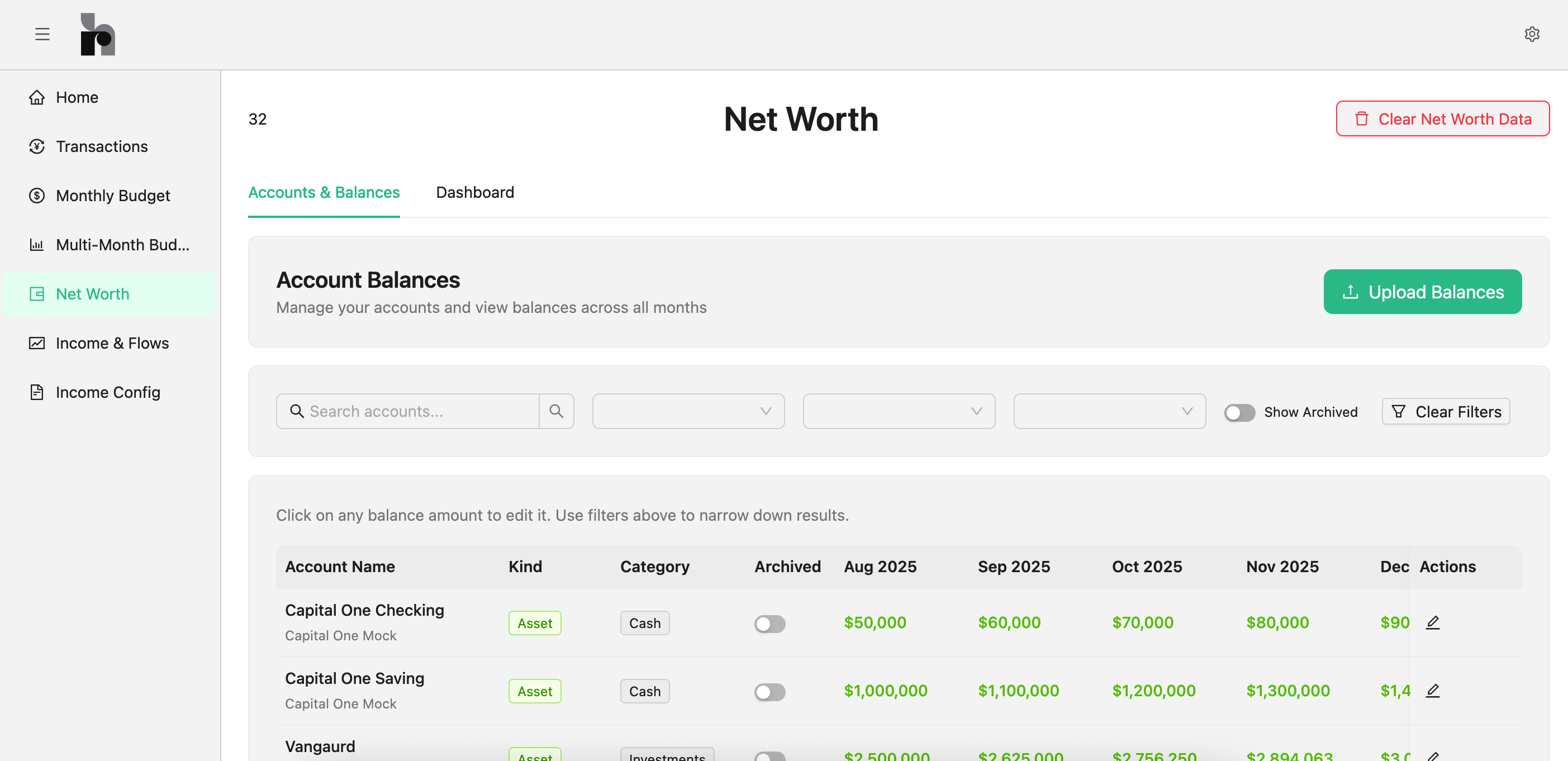About Me
I'm an accountant turned product manager. I live in-between the CPA and the SDE and build finance and accounting systems that hold up with real money and real scrutiny.
Since 2017 at Amazon I've worn the controller hat, the program automation hat, and the enterprise product hat. I started in a four-rotation accounting program, owning close and reporting for businesses like IMDb and Amazon Advertising. Having lived in the dated accounting word, I've had first had experience with the manual journal entries, massive excel workbooks, and repetitive month-end close cycles. To capitalize on this opportunity I moved into a program manager role and scaled a self-service Alteryx automation program company-wide, shipping prebuilt integrations, training, and hundreds of compliant workflows that eliminated tens of thousands of manual hours. From there I led corporate reporting platforms across BlackLine, Workiva, and Oracle HFM, standardizing reconciliations and journals for 1,600+ users, accelerating SEC and statutory reporting, and cutting consolidation times by double digits.
Today I own Amazon Music's royalties stack (reporting, payments, and financial record keeping) where I've delivered a global platform managing billion-dollar obligations, lifted payment accuracy, eliminated penalties, re-architected the calc engine for minute-level runs, and shipped GenAI products that turn messy usage data into clear, auditable financial narratives. Through all of it, my edge is translating debits and credits into code that auditors trust and teams actually use


